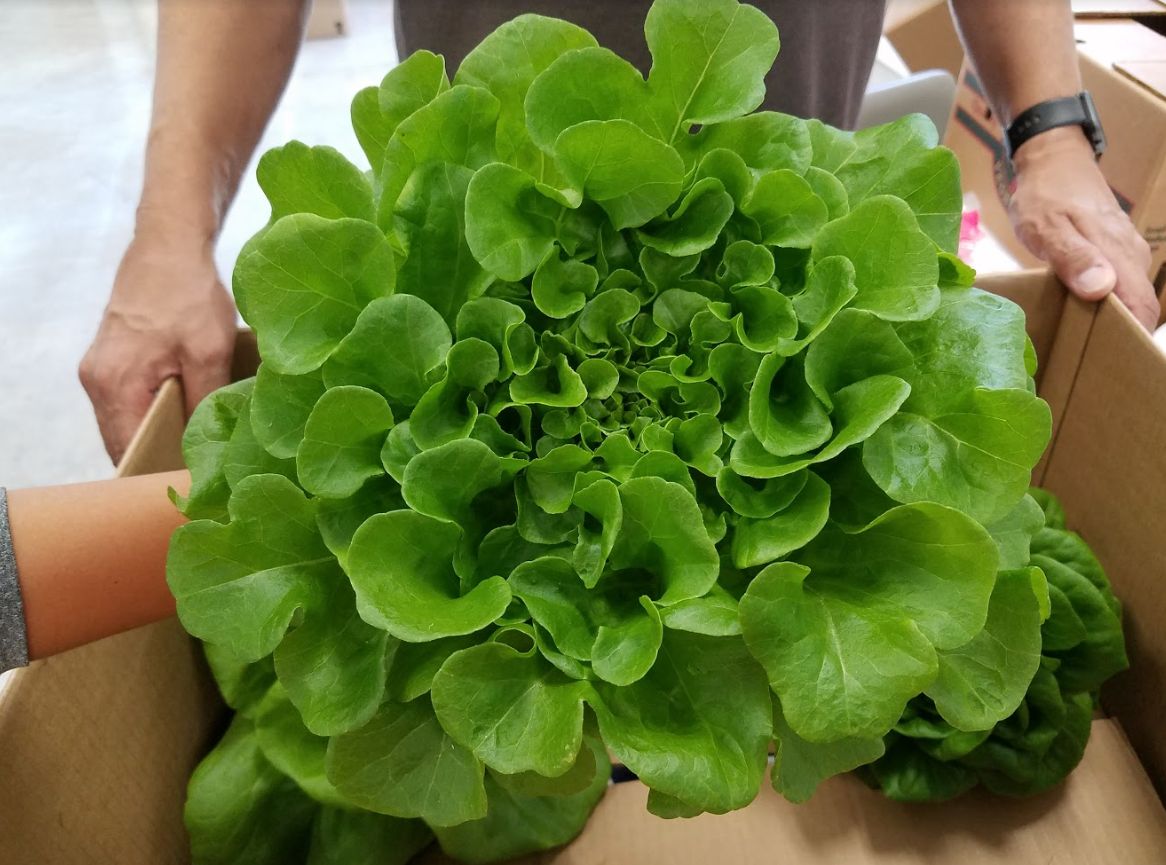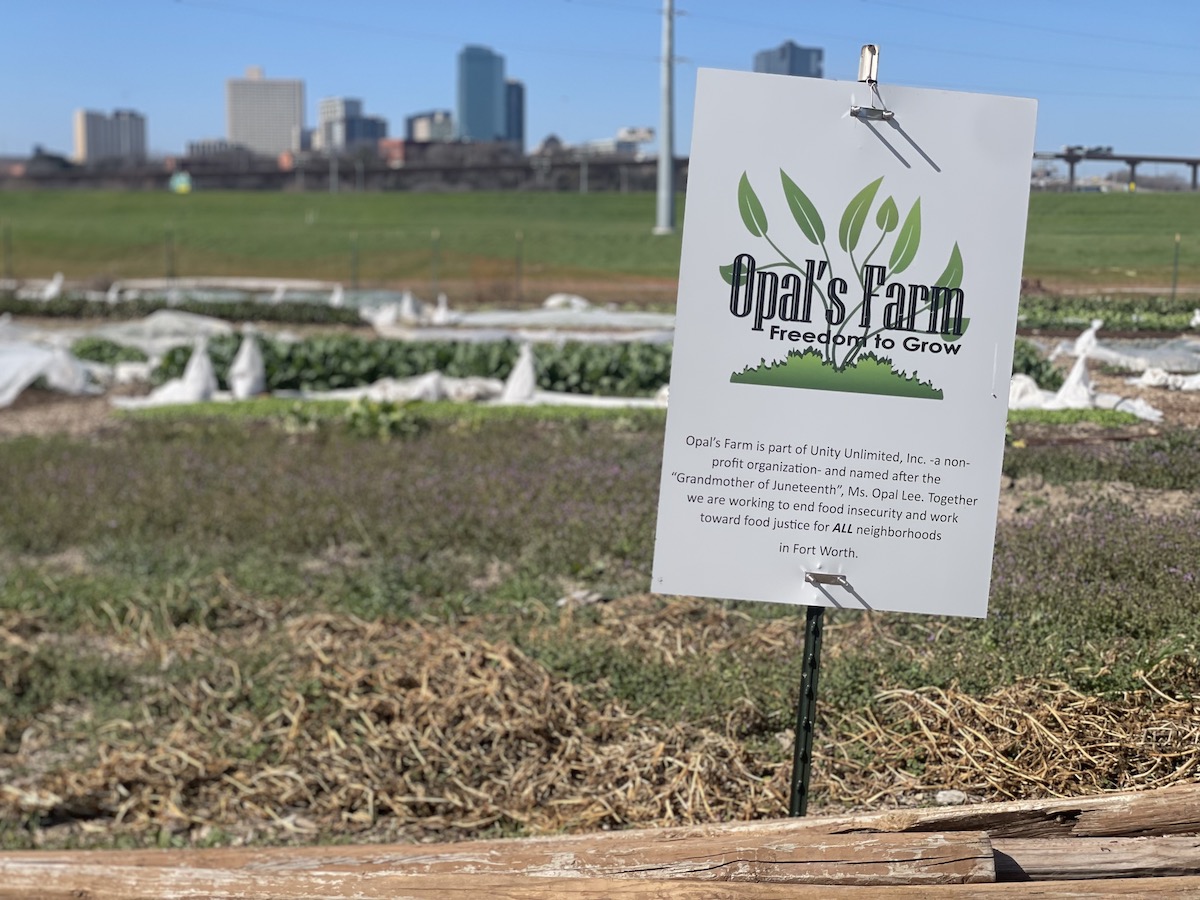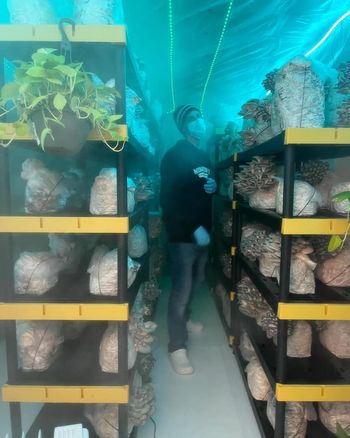Eating local sounds like a nice idea — fresher food, stronger communities, maybe even lower carbon footprints. But is it always better? The truth is more complicated. Local food offers real advantages, especially in Texas, but it also has limits. Here’s a clear look at why it matters to you — and where the tradeoffs lie.
1. Fresher Food, More Nutrition
Most fruits and vegetables in U.S. grocery stores travel 1,500 miles or more before you buy them. Nutrients like Vitamin C degrade along the way, and flavor fades in storage. By contrast, Texas strawberries picked in the morning and eaten by dinner carry both better taste and more nutrition.
2. Save Money in Season
When Texas produce is in peak harvest — strawberries in spring, melons in summer, citrus in winter — it’s often 20–40% cheaper than out-of-season imports. Local buying aligns your diet with seasonal abundance, which usually means higher quality and better prices.
3. Keep Dollars in Texas
Every $100 spent locally keeps about $68 in your community, compared to $43 at a national chain. That difference circulates through local schools, businesses, and services. Farmers’ markets and farm stands aren’t just about food — they’re community economic engines.
👉 A Small Shift, Big Impact
Ten dollars a month doesn’t sound like much. But if every Texan spent just $10 each month with local farmers, it would keep about $360 million in the state every year. That’s money that helps keep small farms open, strengthens rural towns, and ensures that when storms hit, more of our food supply is close to home.
4. Add a Layer of Food Security
During Winter Storm Uri in 2021, grocery shelves emptied in less than 48 hours. Local farms were among the only steady sources of eggs, vegetables, and meat during the blackout. While no single farm can feed a city, a web of local producers adds resilience to the larger system.
👉 Read More: Eating Your Region: Why Local Food Culture Matters for Texas Resilience
5. Preserve Texas Food Traditions
From Gulf shrimp boils to Hill Country peaches to kolaches filled with seasonal fruit, Texas cuisine reflects what grows nearby. Eating local keeps those flavors alive. Without farmers close to home, many of these traditions would fade into memory.
But Here’s the Catch: The Tradeoffs
Eating local isn’t automatically the greener, cheaper, or more resilient choice.
- Availability: Texas doesn’t grow bananas, coffee, or avocados at scale. Imports fill real gaps.
- Price: Out-of-season local produce can be expensive — or nonexistent.
- Efficiency: Large farms in California or Mexico may use less water or energy per pound of food than small, heated greenhouses in Texas. Sometimes imported field produce has a smaller footprint.
- Storage Costs: “Local” apples stored in cold warehouses for six months can have higher emissions than fresh imports.
- Access & Equity: Farmers’ markets are great, but they don’t feed millions. For many families, grocery chains provide the only affordable, reliable supply.
Finding the Balance
The point isn’t to swear off imports. Texas will always rely on a mix of local and global food. But choosing local when it’s in season, supporting nearby farms, and mixing in regional foods where possible creates a stronger, healthier food system.
Closing Thought
Eating local is less about perfection and more about progress. Every seasonal melon, every farm visit, every dollar spent nearby helps build stronger communities and keeps Texas food traditions alive.
👉 Want to learn how to get started? See our guide: How to Eat Local in Texas: A Practical Guide for Everyday Choices
🌟 Try These Local Farm Experiences for Groups
Or sign up for notifications about future classes where you can book individual tickets.
📚 References
- Texas Department of Agriculture (2021) Texas Produce: Always in Season.
- Texas A&M AgriLife Extension (2021). Initial Texas agricultural loss estimates from Uri exceed $600 million.
- Science (2018). Reducing food’s environmental impacts through producers and consumers.
- Nature Food (2022). Global food-miles account for nearly 20% of total food-systems emissions.
- National Center for Appropriate Technology. Food Miles and Marketing.
- Leopold Center for Sustainable Agriculture (2003). Checking the food odometer: Comparing food miles for local vs. conventional produce sales to Iowa institutions.
- USDA Economic Research Service (2010). Local Food Systems: Concepts, Impacts, and Issues.








